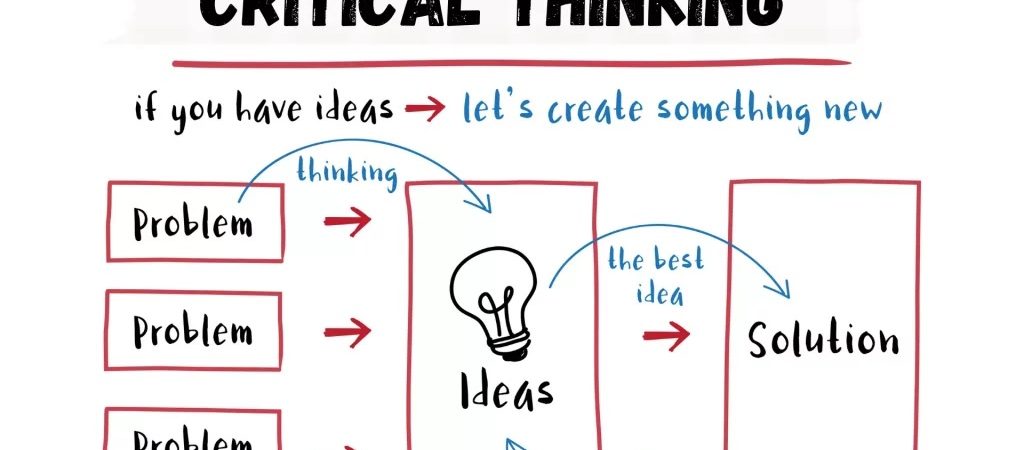Every strong question begins with curiosity. A learner should start with what feels unclear. This path helps shape a search for clarity. Simple questions of clarification work as the first step. These questions uncover the meaning of a word or an idea. They help create focus in a discussion. Therefore a learner can move with confidence. This process keeps the mind active and sharp. A clear path begins with a clear question. Here are the details that you would need to know and that too with all the great guidance available.
Probing Assumptions with Purpose
The next step involves probing assumptions. Every statement hides an unseen belief. A learner must ask if that belief is true. These questions test the base of an argument. This step helps to uncover hidden errors. Therefore the discussion becomes stronger and fairer. Strong questions here may sound very simple. They force others to explain their stand. This is how a good dialogue grows.
Exploring Implications and Consequences
A third stage explores implications of ideas. These questions ask what might follow later. They invite a person to imagine outcomes. This helps link ideas to future actions. A learner may ask how a view shapes the next step. Therefore these questions guide decisions with more care. A person may compare choices in this way. It requires thought about style and future need. Each choice carries results beyond the first look.
Building a Framework for Questions
The framework is simple yet powerful for growth. Start with clarification then move to assumptions. After that bring focus to consequences and results. Each step builds a stronger line of thought. Therefore the learner gains control of direction. Each category of question has its place. This makes a dialogue sharp and fair. A learner can repeat this cycle with practice. With this pattern every thought gains more value.
Creating Effective Habits for Daily Use
The critical thinking questions must become daily habits. A learner should use them in small talks. This practice will shape stronger skills with time. Therefore the habit becomes part of natural thought. Short and clear questions are the strongest. Each question should hold a simple goal. That goal is to open new meaning. With practice the mind begins to stay sharp. A learner will gain clarity and deeper insight. This is the path from curiosity to clarity.


